Reportar esta entrada
Más sobre la misma comunidad-colección
Cactus de barril con las amapolas
Mexican Gold Poppies are the plant that is most responsible for ...
Palacio de Justicia del Condado de El Paso.
The image shows the sign of the new El Paso County Courthouse. ...
Cerámica de Casas Grande con el Museo de Arqueología de El Paso Logo
Casas Grandes was a prehistoric trading center/religious center ...
Mural en Lincoln Park - Artista Cesar Inostroza
Mural in Lincoln Park -- Title of the mural " Metamorphosis".
Los hombres de la compañía E - Delta Park - El Paso, Texas
City of El Paso Public Art Artist: Julio Sanchez De Alba ...
Terminal tránsito por Carretera Glory
Public Art Artworks: Mosaic Artist: Mike Mandel Material: ...
Palacio de Justicia de EE.UU. en El Paso
The image shows the entrance of the El Paso U. S. Courthouse. ...
Signo de Corte del Condado de El Paso
The image shows the sign of the new El Paso County Courthouse. ...
Iglesia de la Inmaculada Concepción
Immaculate Conception is one of the parishes established by ...
El Paso Museum of History -El Paso, Texas
El Paso Museum of History located at Cleveland Square Park - El ...

















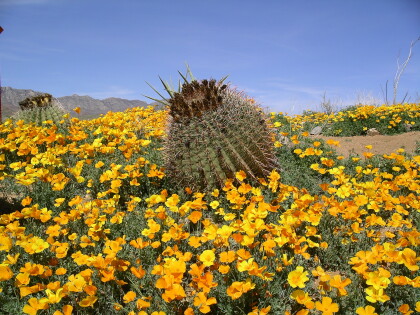
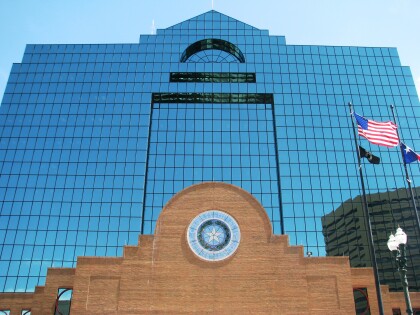
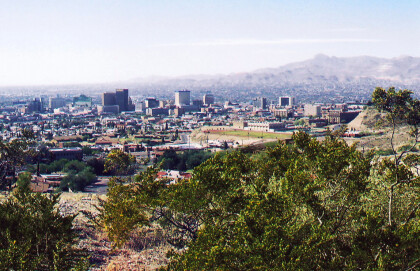
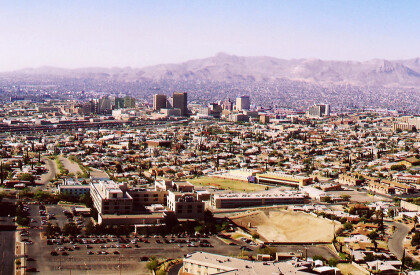
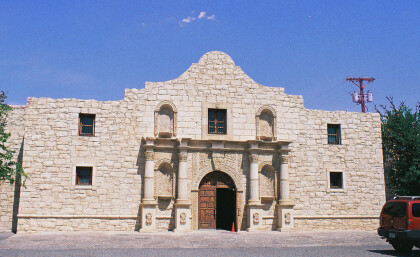
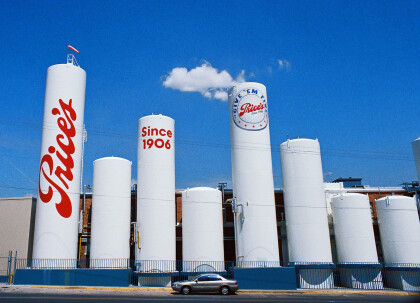
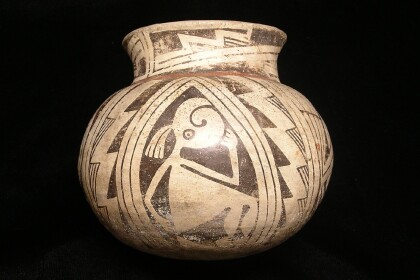
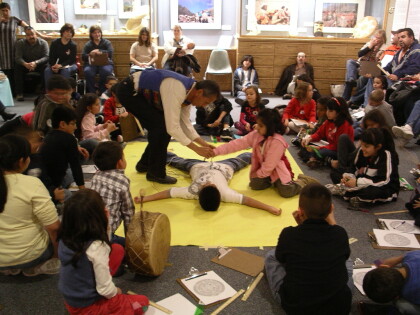
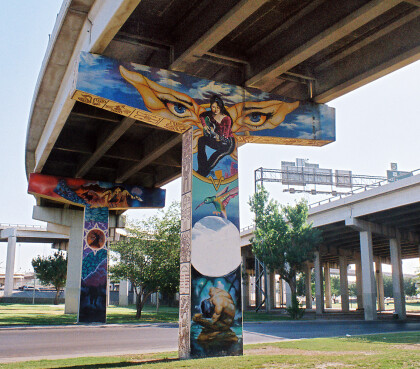
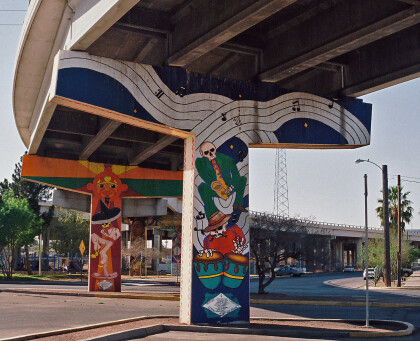
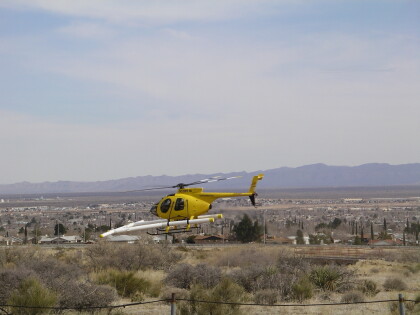
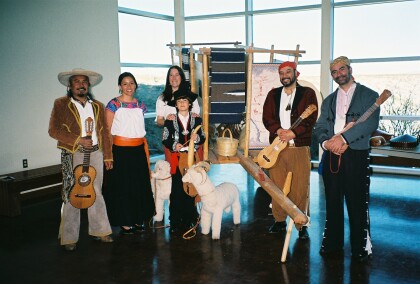
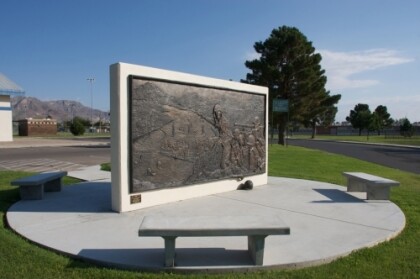
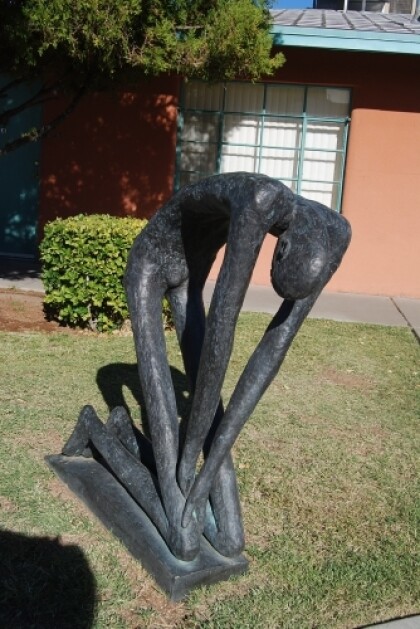

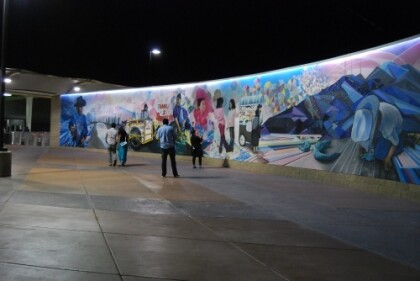
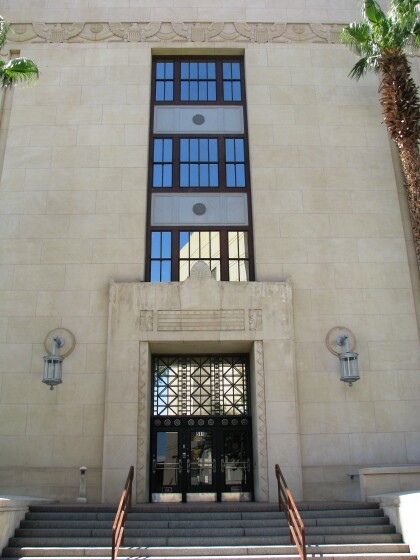
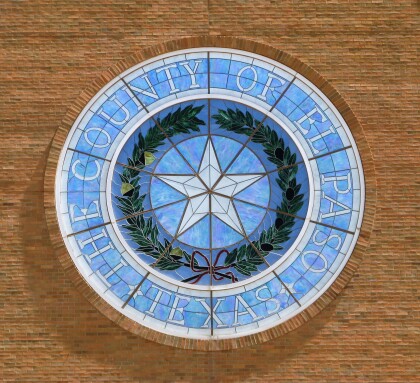
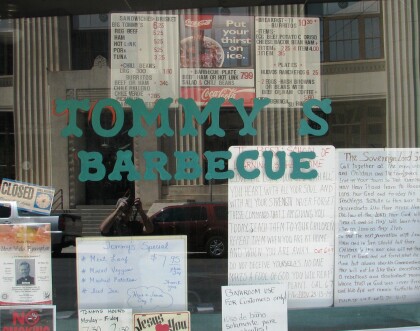
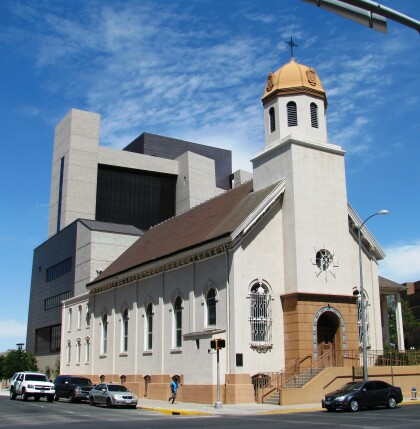
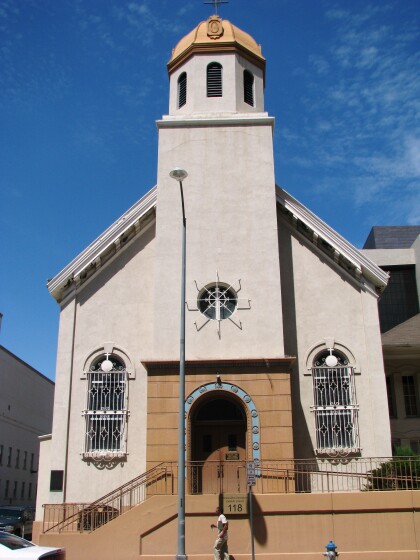
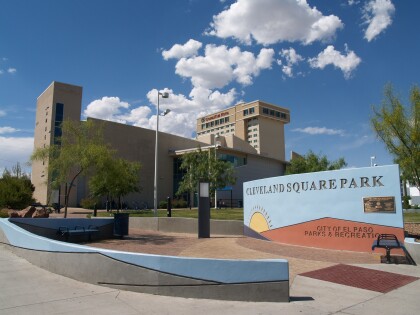

Comentarios
Hacer un comentario